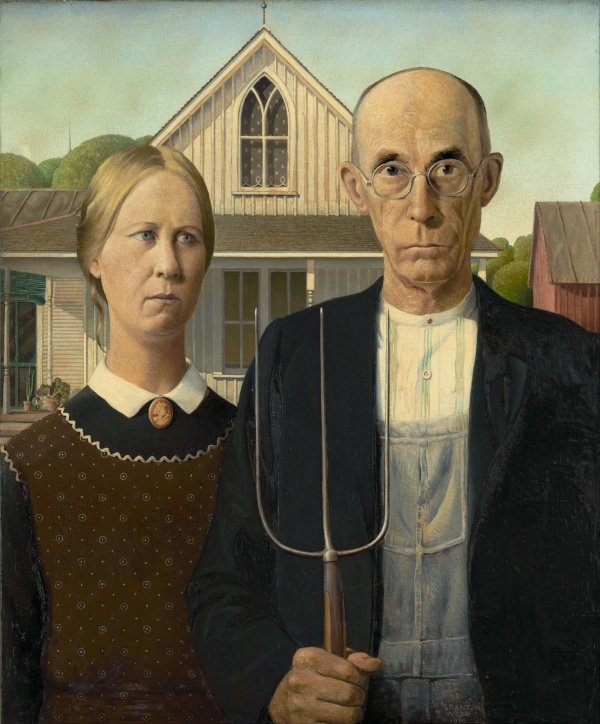Facts About American Gothic
"American Gothic" painted by Grant Wood in 1930, stands as one of the most renowned works of American art. This iconic piece is housed at the Art Institute of Chicago. The painting was inspired by a real house in Eldon, Iowa, known as the American Gothic House. It features a stern-looking farmer holding a pitchfork, standing beside a woman adorned in a colonial-print apron. Interestingly, many people assume the woman is his wife, but she is actually portrayed as his daughter. Wood used his sister and their local dentist as models for these iconic figures.
This painting has come to symbolize 20th-century American art and has been parodied numerous times in popular culture. It has been exhibited in major cities such as Paris and London, demonstrating its global appeal. When Wood created "American Gothic" he meticulously captured the Gothic architectural details of the house. Initially, the painting received mixed reviews, but over time, it garnered the recognition it deserved and is now celebrated as a masterpiece.
Over the years, various interpretations of "American Gothic" have emerged. Some view it as a snapshot of rural American life, while others believe it encapsulates the pioneering spirit of America. There is even debate regarding the relationship between the two figures—are they family, or is there a deeper psychological narrative at play? The painting's influence is so profound that it has been parodied in myriad forms of media, cementing its place in popular culture.
In the end, "American Gothic" transcends being merely a painting; it is a significant piece of American heritage that continues to inspire discussions about identity, tradition, and the power of art.

 Canada
Canada